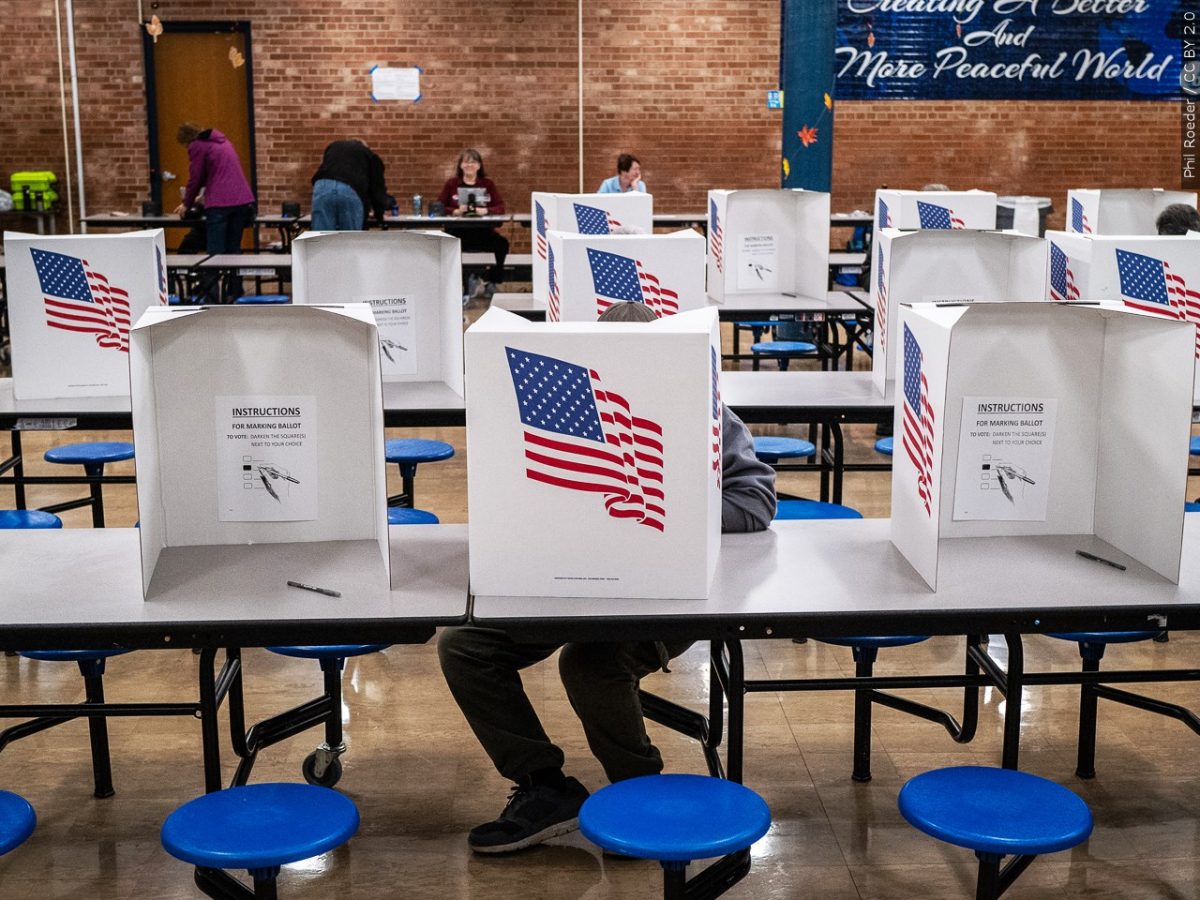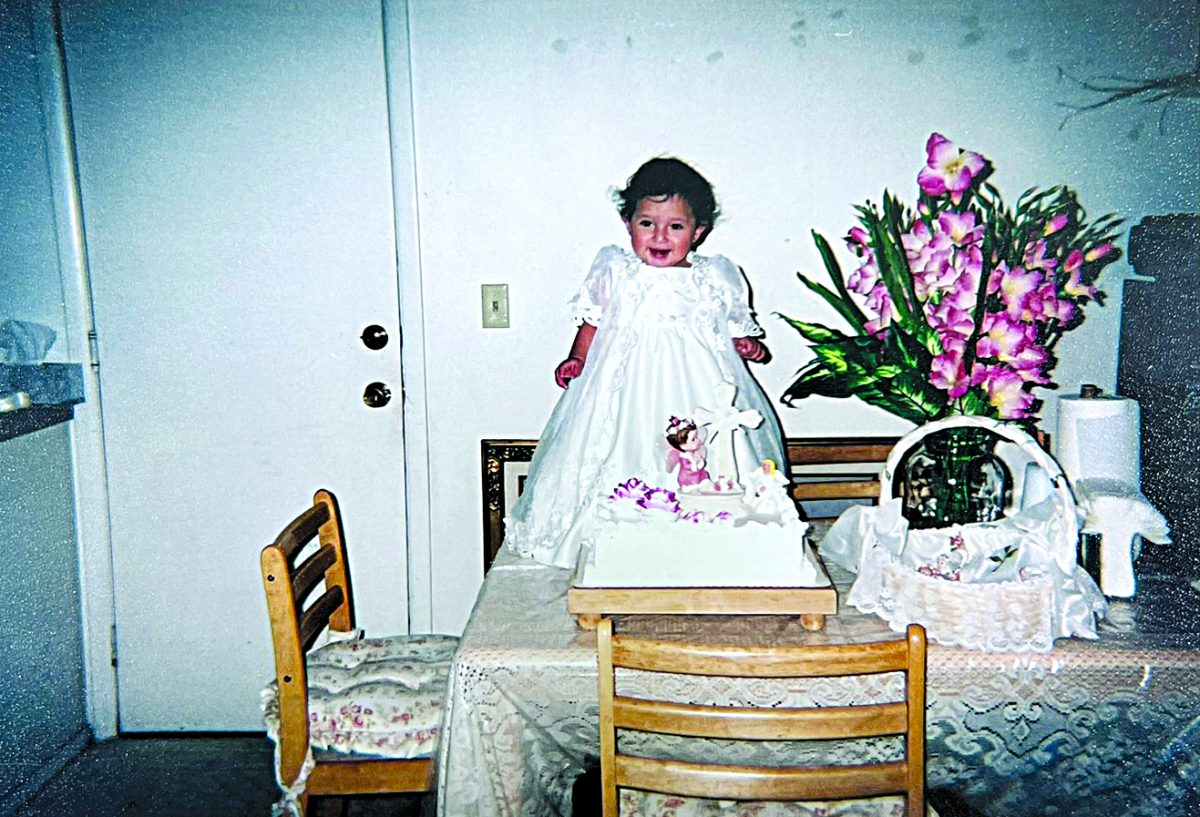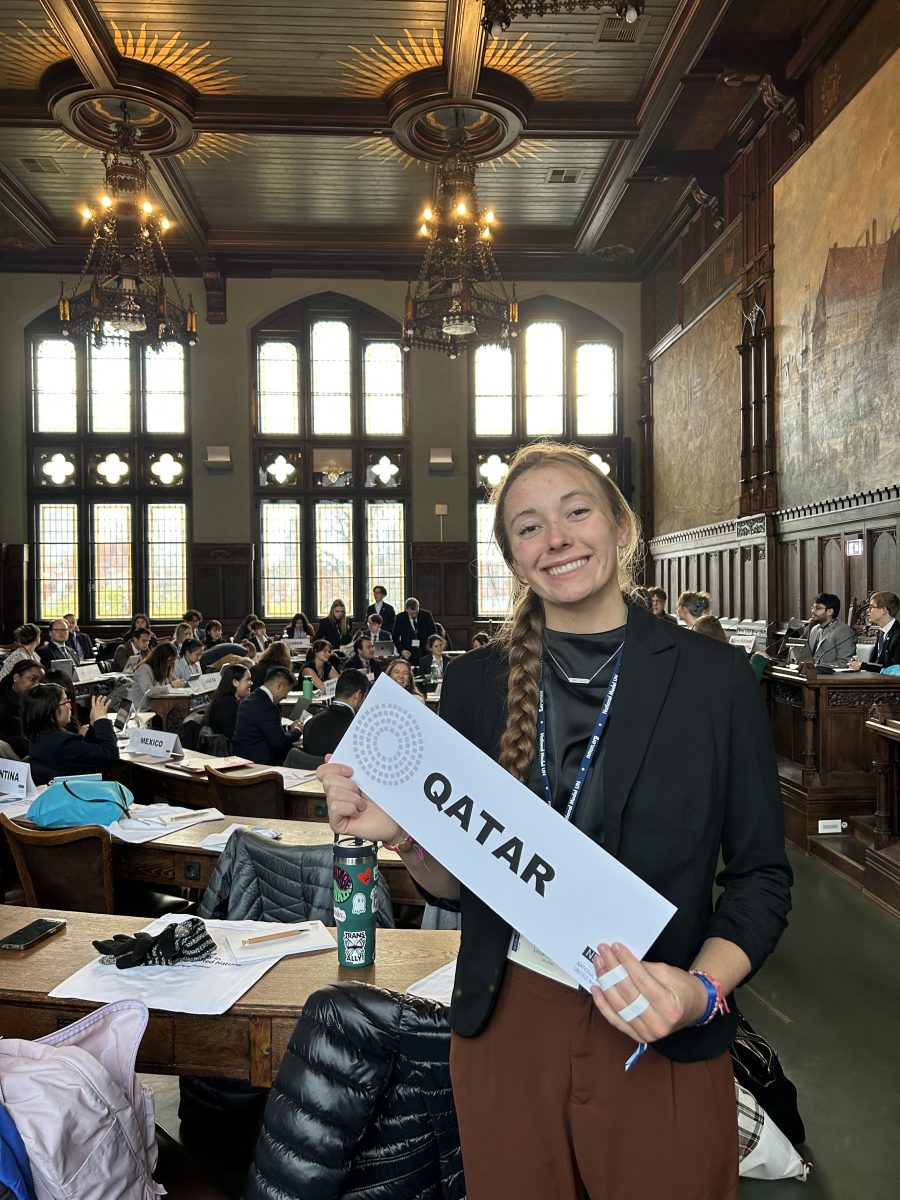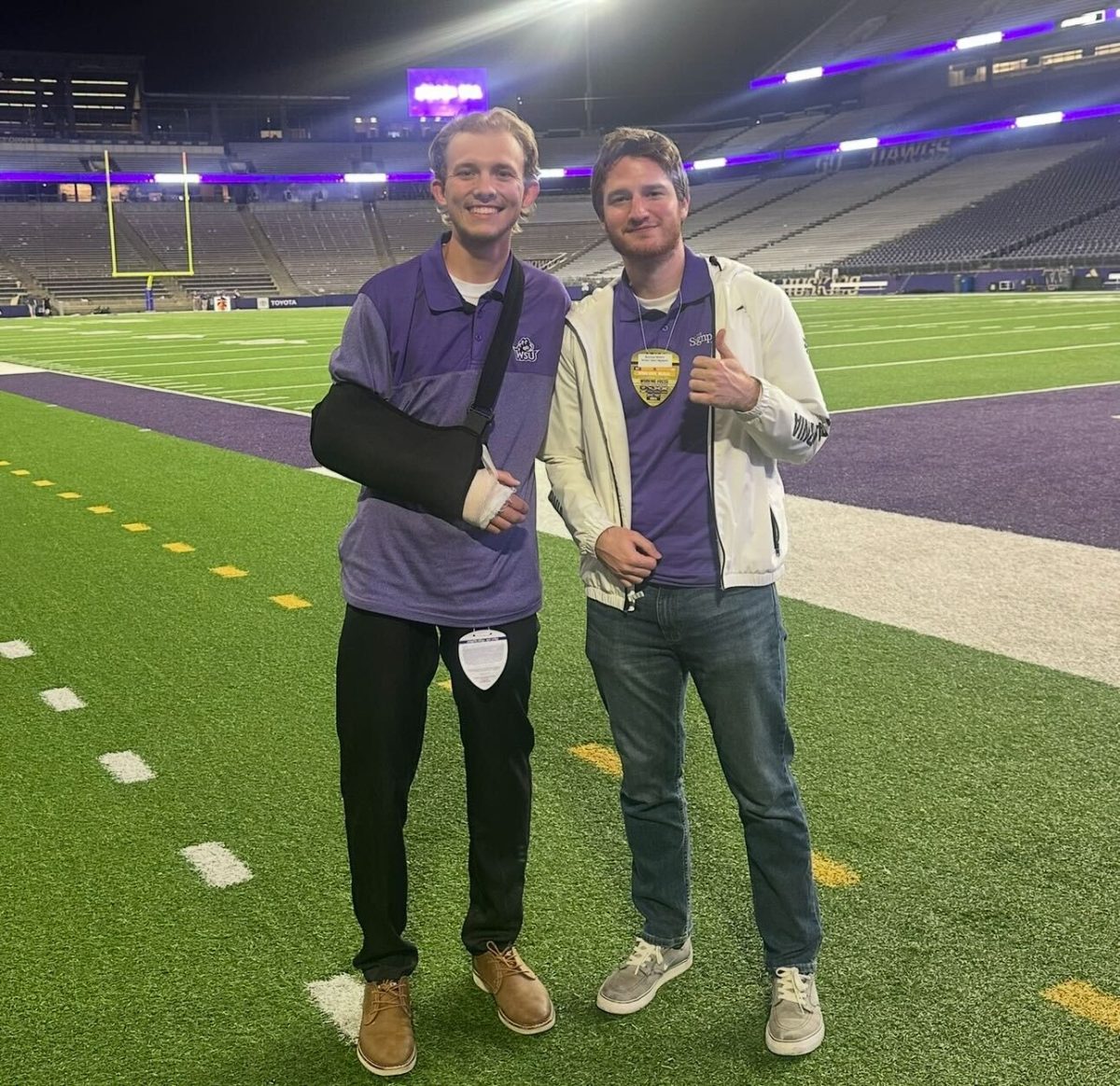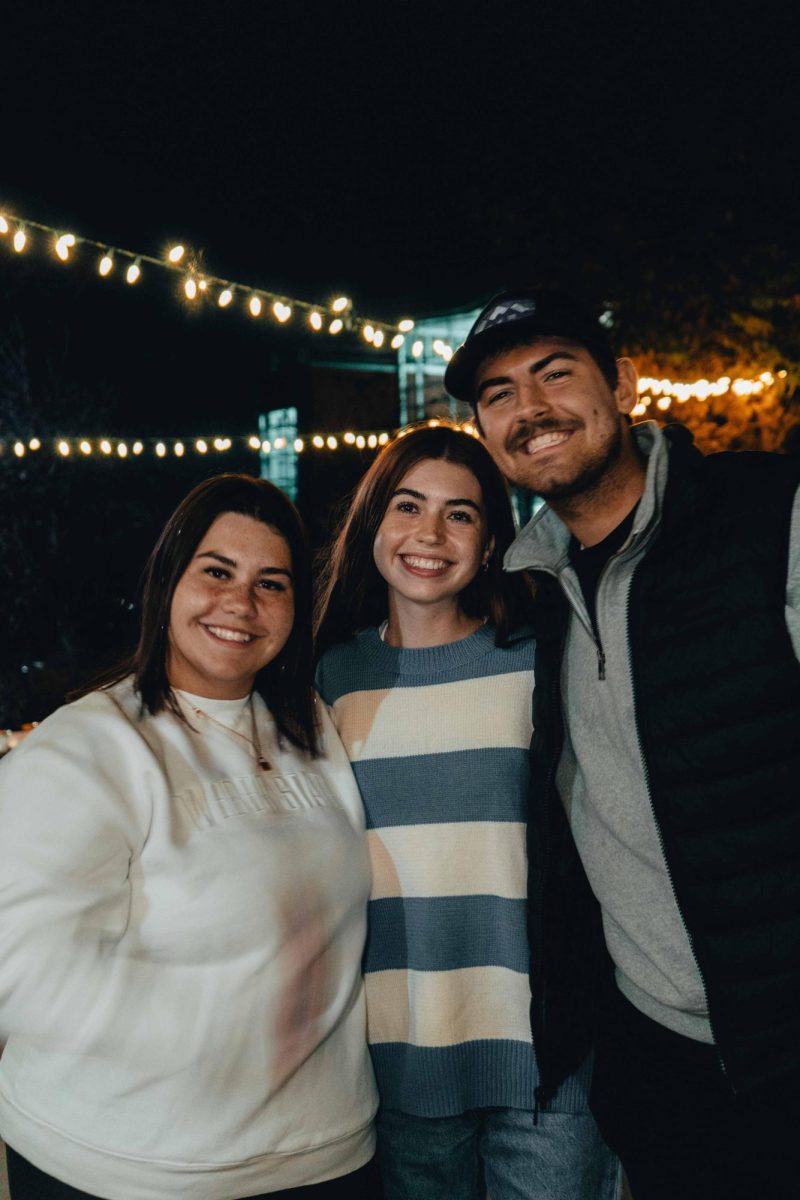
Between the years 2002 and 2005, American cinema was introduced to a new type of horror movie villain—a vengeful female ghost with pale skin, her face veiled in long, tangled black hair, contorting her deteriorating body into unsettling positions while crawling out of a television set or down a staircase.
As it turns out, these evil spirits are based on ancient Japanese mythos. The Onryo ghost is the most powerful and most dreaded yokai (ghost or phantom) in Japanese folklore . According to legend, the Onryo is born when a person dies in a state of passionate emotion—love, hatred, jealousy or rage. These ghosts have the power to kill or torment whomever they want for all eternity, and unlike other ghosts, they can never be exorcised or laid to rest.
Samara Morgan from “The Ring” and Kayako Saeki from “The Grudge” are Onryo spirits. These American remakes of the Japanese films, “Ringu” and “Ju-On,” remain some of the most popular horror movies of all time, and the Onryo ghost has become a permanent fixture in horror cinema and consequently, a permanent fixture of my nightmares.
Cultures throughout the world have their own ghosts and ghost stories, many of which are borrowed for use in our media.
The Wendigo is a demonic spirit from Algonquin-based Native American tribes who is believed to have the power to possess humans and turn them into cannibals. The Wendigo takes two forms: an unseen spirit or a tall, emaciated human-like creature with decaying yellow skin and sunken eyes. A human who resorts to cannibalism out of starvation will become a Wendigo. This legend was most popular in the northern United States and Canada because of the scarcity of food. The fear of becoming a Wendigo was so great that most people would starve rather than risk it.
The White Lady is a famous ghost throughout the world and will sound familiar to anyone who has seen Tim Burton’s film “Corpse Bride.” This ghost is often more tragic than malicious and takes the form of a young woman, often in a wedding dress, betrayed or murdered by her fiancé, husband or lover. From Europe to South America, the White Lady haunts forests, moors, cemeteries, castles, mansions and rural roads or parks. In some cultures, however, the White Lady takes on a more malevolent role. In Dutch legend, she is said to abduct newborns and women, along with punishing the people who mistreated her in life.
In South Africa, reports of a phantom ship called “The Flying Dutchman” were common from the early 1800s through the mid-1900s. Contrary to what we learned in “Pirates of the Caribbean,” the captain of the ship was not Davy Jones, though whether the captain was a Dutchman by the name of Hendrik van der Decken or a man simply known as Falkenburg is still being disputed amongst historians. In any case, the ship set sail on a voyage to round the Cape of Good Hope and never returned to Amsterdam. The lost, ghostly ship is doomed to sail the oceans for all eternity, and when seen by other sailors, it serves as an omen of doom.


